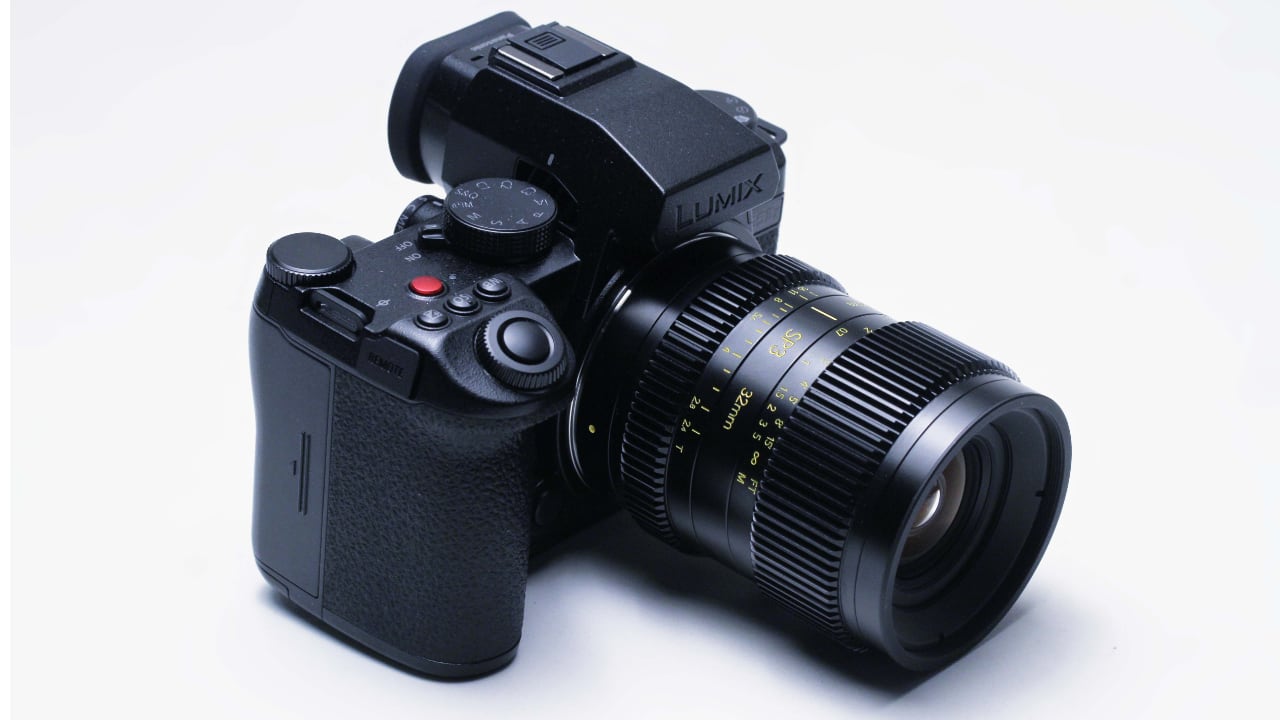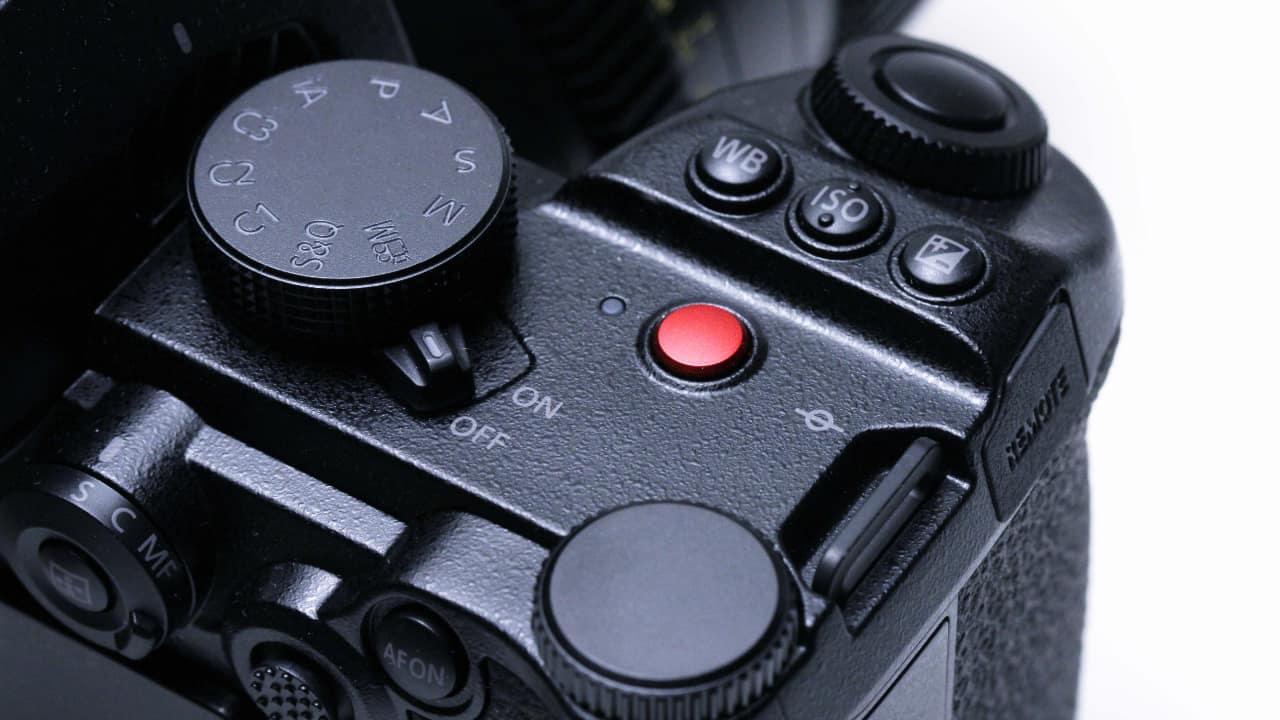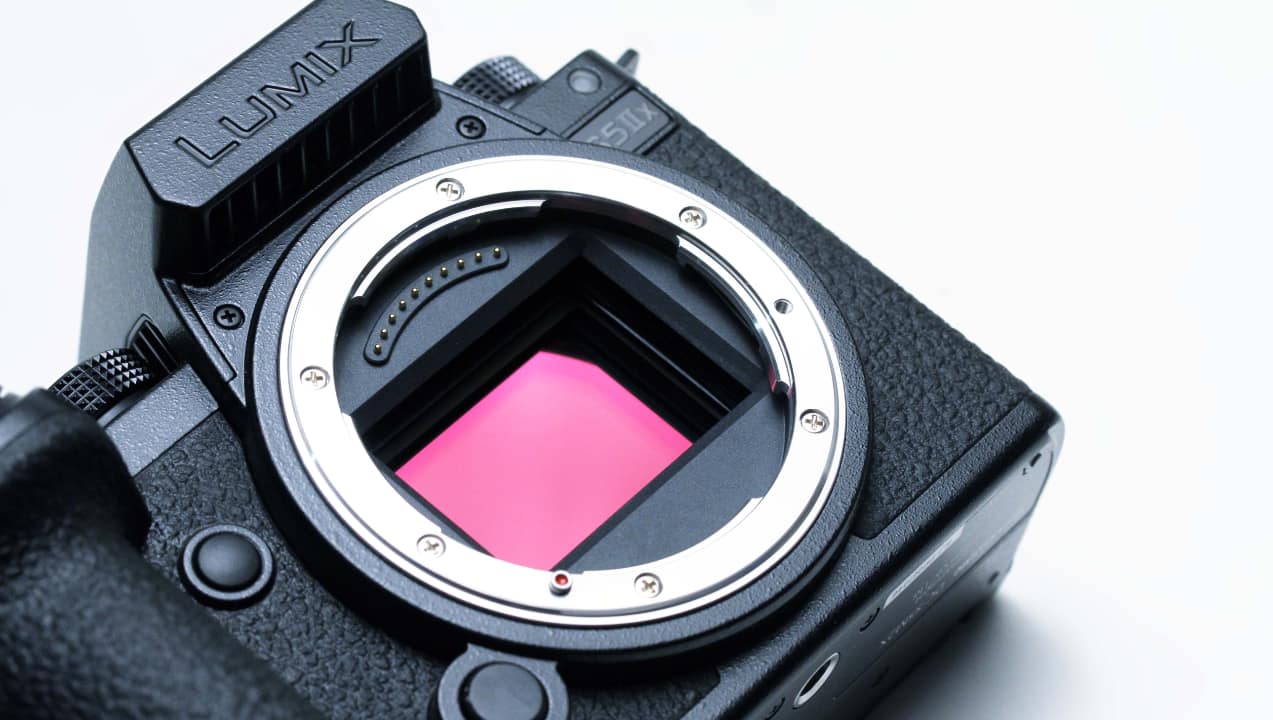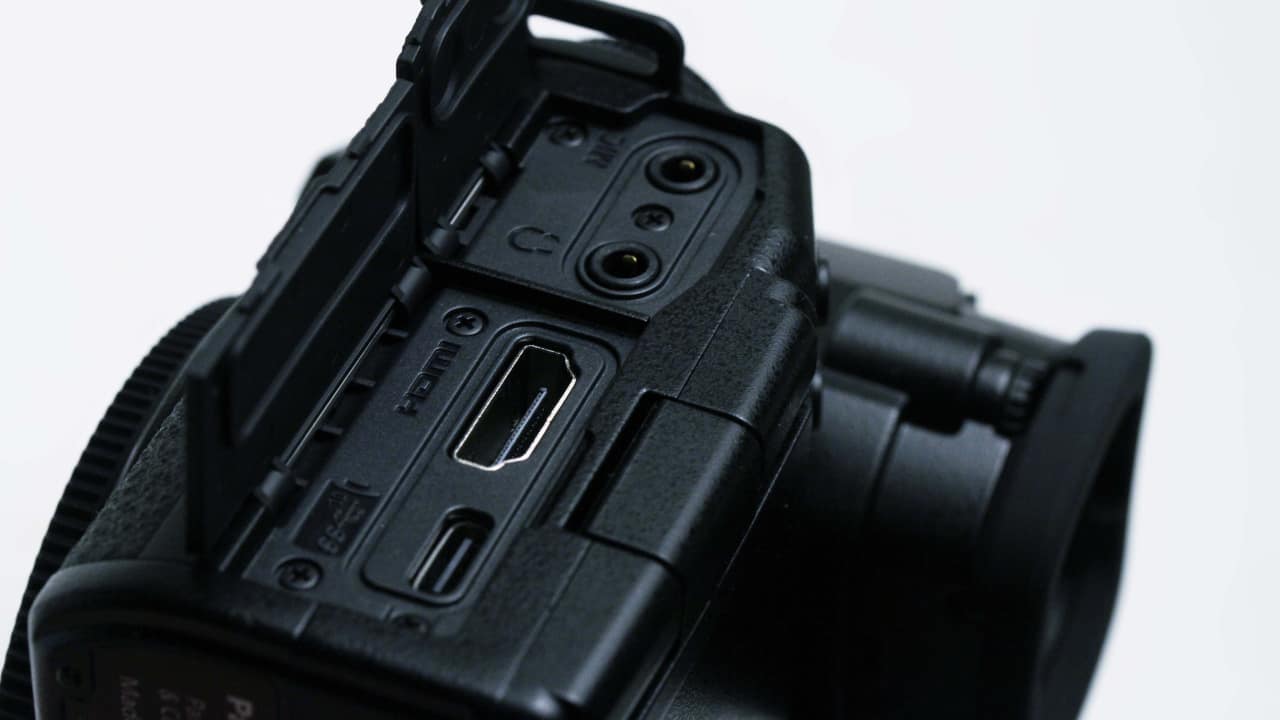
The keen competition between manufacturers that has given us some hugely capable sub-$2K mirrorless cameras is still going strong if the Panasonic Lumix S5 IIX’s video chops are anything to go by.
There are all kinds of crucial updates in Panasonic’s S5II series. The original S5 wasn’t a wildly different beast based solely on the headline numbers, with its L-mount, 24-megapixel sensor, and dual native ISO up to 51,200 without special measures, all of which are principally the same in the S5II. The headline improvement is phase-detection autofocus, and that is a very large improvement, but there’s also a UHD viewfinder, stills up to 30fps, and higher video frame rates in some important codecs, particularly the 4:2:2 10-bit options.
All of those are things that Simon covered in his review of the original S5II, which established the S5II to be a capable little brother to the S1 series. It’s perhaps fairer, in terms of release date and autofocus capability, to compare the original S5 and the S1. Still, until Panasonic releases a full-frame camera with phase-detection autofocus (as it presumably will), the company’s big- and small-chip video cameras are the S5IIX or the S1H, which is the video-oriented edition of the S1 in the same way the S5IIX is a video-oriented edition of the S5II.

Some people check for wobbly dials as a first port of call when examining a new stills camera. The S5IIx passes this test with ease
S5II and the X-suffix do use the same sensor, which makes a certain amount of sense given the huge complexity of developing a phase-detecting sensor. As such, Simon’s conclusions will largely hold for the S5IIX, though the video capabilities are significantly better. It’s not just about ProRes. There’s more flexibility in frame rates, particularly in 4:2:2 10-bit (all 4:2:2 in these cameras appears to be 10-bit). There’s support for intra-frame codecs in the S5IIX, absent on the base model, and it will record intra-frame cinema 4K at up to 600Mbps to internal storage, which is a lot, and up to 800Mbps to an external SSD, which is really a lot. Perhaps oddly, both cameras will output Blackmagic Raw to an external recorder, though it’s a firmware update for the S5II.
Examining ProRes

The L mount is unusual in that it provides vast compatibility with classic lenses, as well as high performance integration of modern autofocus systems
All of the options we’ve discussed so far involve H.264 or H.265. The headline status of ProRes in this camera makes it worth a bit of examination. Let’s be clear: ProRes is used as a mezzanine codec because it’s convenient, not because it contains advanced technology. It’s similar to something like Motion JPEG, DNxHD, or miniDV, making it intrinsically an intra-frame codec, which makes it convenient for edit software. It’s also well-standardized, demonstrating that it’s sometimes more important that there is a well-defined, widely implemented standard than that the technology it describes is somehow ideal.
That said, H.264 and H.265 are also well standardized, and they support intra-frame modes too. Naturally, non-intra features exist for a reason - to improve the bitrate-to-quality ratio. The concern is that video editing software might want to decode a frame from anywhere in a video, at random, and that it might then have to search backwards through the stream until it finds a previous intra-encoded frame, then decode forward to the frame it wants. That can be hard or easy, depending on how the video was encoded, though modern edit systems can probably handle the load.
Still, ProRes is a widely understood, saleable codec – that’s standardization at work - and it’s that which makes it useful to freelancers. The camera will record ProRes in 5.8K, 4K, and the 3.3K mode, which is presumably intended for anamorphic photography. That reminds us of the L-mount, which is not a feature unique to the S5IIX – in fact, it seems likely to become the closest thing we’re ever likely to see to a universal mount. That’s good for all cameras, but it’s especially good for a video-oriented design, which is more likely to encounter the desire to use a wide variety of lenses, especially given an APS-C sensor coverable by most of the movie lenses ever made. One could select a crop mode on an S1H, given the autofocus is likely to be less relevant to movie work, though one might ask why we’re lugging around an S1-series tank if we don’t need the big chip.
The S5IIX has another set of features that has perhaps been overshadowed by the codec options. A lot of picture-handling products, from recorders to Teradek to an endless array of computer software, have started to add streaming as an optional feature. Sometimes, it’s easy to write this off as a tick-box feature that’s easy to add, given a lot of devices now have wireless networking and video compression which represent the fundamental requirements for streaming. The thing is, it’s easy to overlook how hard it once was to create a live broadcast. If we consider the likes of YouTube to be a broadcast medium, then small, very portable cameras like the S5IIX, seem ideally placed to facilitate highly mobile live production. Okay, that may largely mean Twitch streamers, as opposed to daring international journalists, but this sort of feature nicely facilitates both.
In conclusion

A full-size HDMI connector is provided, plus two SD card slots. As ever, the recording capabilities of various SD cards vary. The USB-C connector is the only way to charge the battery
It’s been a while since more or less anyone can have access to cinema-grade pictures, so assessing value can only really happen in comparison to other cameras. At around $1900 plus tax body-only, the S5IIX competes with something like the fractionally-spendier Fujifilm X-H2S, which also has 6K onboard ProRes up to about 30 frames and a shallow lens mount. It even has about the same number of photosites on its sensor. However, the non-Bayer layout of Fujifilm’s X-Trans design makes it hard to compare absolute imaging performance directly. To keep up here, Panasonic absolutely needed to implement PDAF, and if nothing else, it’s an encouraging sign that the keen competition that has given us hugely capable mirrorless cameras is still going strong.
It’s possibly easier to like L-mounts than X-mounts, given the multi-party support of the former, and support for both SSD recording and external raw recording is hard to overlook. If we’re comparing features, Panasonic does well, and if we’re talking about value versus the basic S5II, the extra cost (about $250) seems like a no-brainer for anyone who’s ever likely to shoot a frame of moving pictures. And, in a wider sense, while there’s always reason for caution around the assumption that big chips are absolutely always best, the potential for a phase-detect-equipped sequel to the S1H is tantalizing.
Tags: Production Review Cameras


Comments